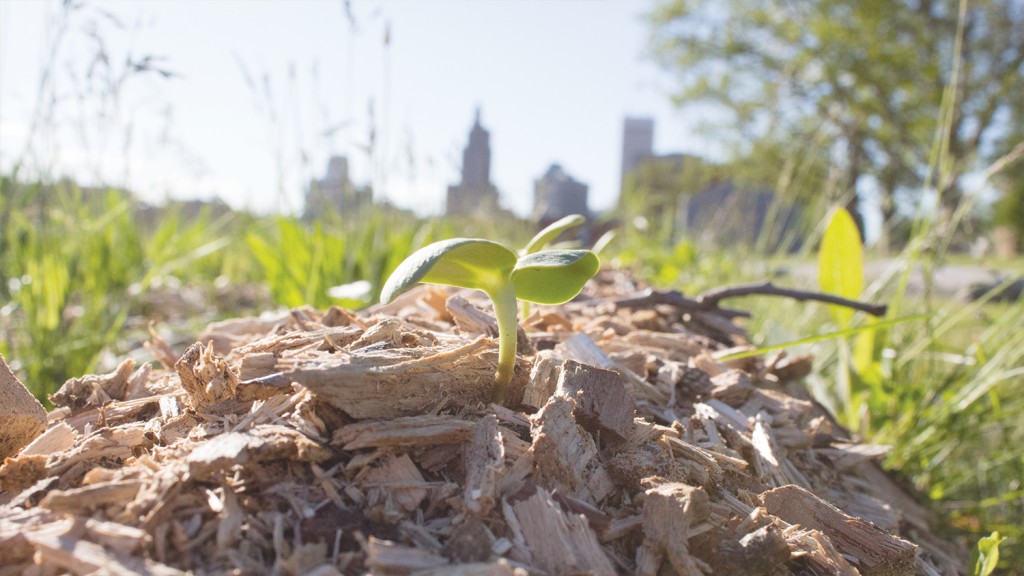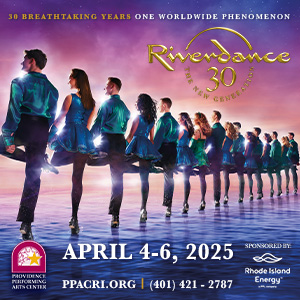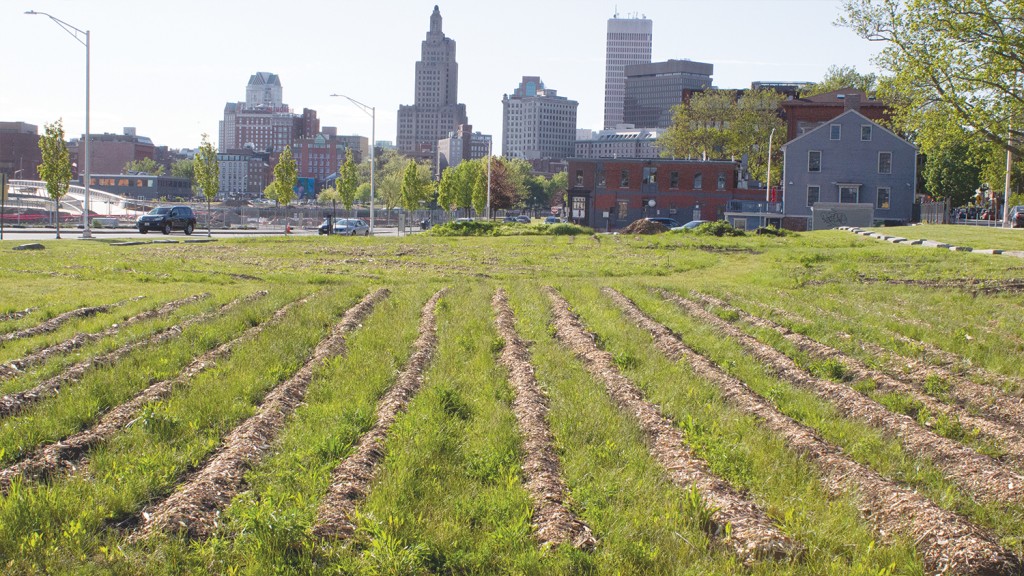 Ah, summer. The birds, the bees and 10,000 sunflowers planted where 195 used to be. At least that’s been the goal each summer for Adam E. Anderson, creator of the 10,000 Suns art installation, which has the lofty goal of having 10,000 mature sunflowers in the space throughout the summer months.
Ah, summer. The birds, the bees and 10,000 sunflowers planted where 195 used to be. At least that’s been the goal each summer for Adam E. Anderson, creator of the 10,000 Suns art installation, which has the lofty goal of having 10,000 mature sunflowers in the space throughout the summer months.
Anderson had the idea for 10,000 Suns for seven years before being able to act on it. He went to the 195 commission to get permission to use the space, which they granted to allow the first installation in 2016. This summer will be the fourth sunflower planting. Anderson says he “believes in the transformative potential of urban landscape initiatives as a necessary and critical component to a city’s infrastructure.”
Funding for the project has been different each year; this year the majority of funds came from a Kickstarter campaign that ended in mid-May. The campaign raised nearly $3,500 and had 79 people behind it. The people who support this project don’t just give money, though. Each year for the planting alone there are typically 20 volunteers who help give the sunflower seeds their start.
Anderson’s day job is working as a landscape architect — he’s the founder and director of Design Under Sky (D.U.S) and he teaches at RISD. He does most of the planting for 10,000 Suns on the weekend with his volunteers. Not only does Anderson plant all the flowers, but he helps maintain them, too. “I’ve spent about 250 hours working from May of last year,” Anderson says.
The land is planted with sunflowers in circular patterns so that passersby can go through the maze of sunflowers and get lost in the sunflower garden in the middle of PVD. On the weekend there are hundreds of visitors to the green space. Anderson is quick to point out that the land could have been used for something else completely. In fact, Anderson’s goal is to “raise people’s expectation in open spaces,” especially when it comes to how land is developed. Anderson said, “It makes the stakes higher for developers. Any developer could have come in [and built a building], but now it’s a sunflower field.”
Why sunflowers, though? Sunflowers (or Helianthus if you wanna get some science in here) are annuals, which means that each year they have to be replanted. They grow primarily in the late summer months and can grow to be 6 to 10 feet tall. According to Anderson, they work as bioaccumulators (they absorb toxins), act as a pollen source for bees and can provide food for birds in the area. Basically, these sunflowers are amazing for the environment. Or as Anderson says, “Aesthetics only have a small part in it. This is a big impact on the area.”
The sunflowers should bloom toward the end of July and last through October. The installation is free and open to the public day and night. It’s located near the river where the new pedestrian bridge is being built. Just look for the sunflowers.
For more information, please visit designundersky.com/10000-suns or follow the hashtag #10000suns


